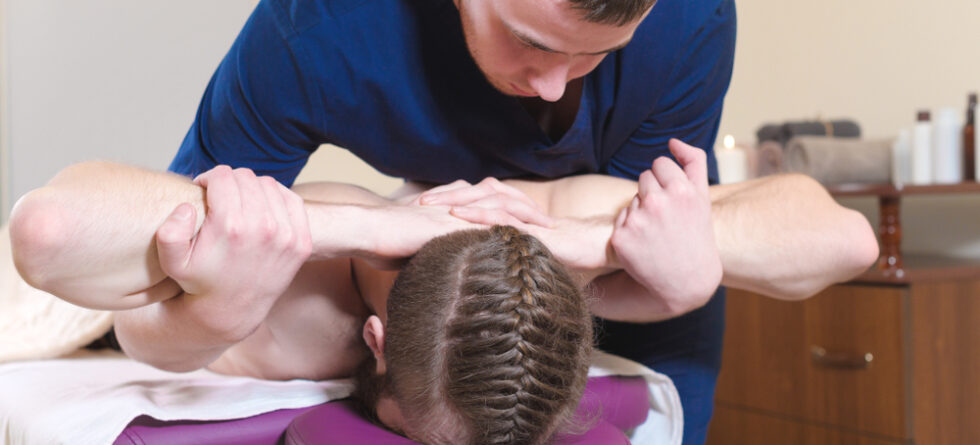The duration of shoulder therapy varies widely depending on several factors, including the severity and type of the shoulder injury, the specific treatment goals, the patient’s overall health, and how well the patient responds to therapy.
Here’s a general guideline on what to expect…
Acute Injuries
For minor to moderate shoulder injuries, such as mild rotator cuff strains or shoulder impingement syndrome, physical therapy might last from 4 to 8 weeks. The initial focus is often on reducing pain and inflammation, followed by exercises to improve range of motion, strength, and function.
Post-Surgical Rehabilitation
Following shoulder surgery, such as rotator cuff repair or shoulder arthroscopy, the rehabilitation process can be more prolonged. Physical therapy might extend from 3 to 6 months or longer. The first phase focuses on protecting the shoulder repair through controlled, gentle exercises, progressing to more strength and mobility exercises as healing allows.
Chronic Conditions
For chronic shoulder issues, such as osteoarthritis or long-standing instability, therapy duration can be variable. Some patients might need ongoing physical therapy sessions spread out over months to manage symptoms and maintain shoulder function, potentially interspersed with periods of home exercise programs.
Factors Affecting Duration
- Patient Compliance – Adherence to prescribed home exercises and therapy sessions significantly impacts recovery speed.
- Severity of the Injury – More severe injuries require longer rehabilitation times.
- Age and Overall Health – Older age and co-existing health conditions can slow down the healing process, extending the therapy duration.
- Therapy Goals – Goals such as returning to high-level sports can necessitate a longer and more intensive rehabilitation process compared to goals of daily living activities.
Progress Monitoring
Therapy duration is often adjusted based on the patient’s progress, which is regularly monitored through follow-up assessments. If progress plateaus or if there are setbacks, the therapy plan may be modified accordingly.
Shoulder therapy can range from a few weeks to several months, tailored to the individual’s needs and response to treatment. Patients need to maintain open communication with their physical therapist, adhere to recommended exercises, and adjust their expectations based on their recovery progress. Patience and consistency are key to a successful outcome in shoulder rehabilitation.




